What is Arabica coffee? Evolution and Improvement of Arabica Coffee Species
Coffee was first discovered in Ethiopia in Africa and later planted in other equatorial countries, so it is only natural that Ethiopia, the country's earliest coffee tree species, is the earliest native species.
When it comes to Arabica, it begins with the origin of coffee in Ethiopia, and then begins to transplant to places around the world that are suitable for coffee growth. Up to now, the main members of Arabica variety family are: Typica, Bourbon, Kaddura, Catura, Pacas, Villa Sarchi, Maragogype, Pacamara, Mundo Novo, Catuai, Geisha, Timor, Catimor.
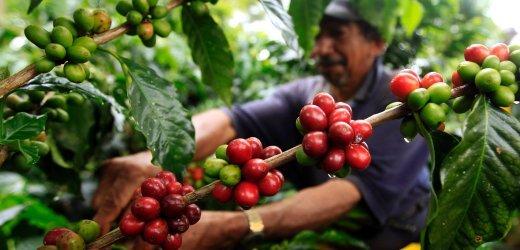
Di pickup
Typeka is the closest variety to the original species, even comparable to the original species. Typeka has a long bean shape, good coffee flavor, excellent aroma and sour taste, and a thick taste. However, because this tree species has low yield and is not resistant to leaf rust, it can only be harvested once every two years (in two years, it can be divided into bumper years and small years, which can harvest fruit normally, and the annual yield is very little). For people in pursuit of economic benefits, it has not been strongly advocated.
Bourbon
In the process of coffee being first promoted and transplanted, Di pickup was introduced into East Africa from Yemen, then to Bourbon Island in the Indian Ocean (now known as Reunion Island), and then to Brazil with French colonists. When coffee is spread to Bourbon Island, because of its geography, soil, climate, precipitation and other conditions, Typeka tree species produce varieties, so we call the secondary species of Typeka introduced into Brazil as bourbon species. Bourbon is the second species of Dipper mutation, coffee beans are small, there is an S line in the middle, the beans are twisted, and the output is 30% higher than that of Emperor Picardo, but it only has a bumper harvest once every two years, with a small harvest. Although this kind of bean has good flavor, it does not have high economic benefits and is not resistant to leaf rust, so after a short period of glory, it was replaced by later improved varieties.
Kaddura
After the bourbon seed was planted in Brazil, it produced another variety because of different soil, climate and other conditions. This variety overcomes the shortcomings of the original coffee tree, becomes short, adapts to machine harvesting, increases its yield and is resistant to leaf rust. But it can only be harvested once every two years, the cost of fertilization and care is high, the taste is thick, and the sour and bitter taste is smooth and smooth. We call this mutant Kaddura species.
Typeka, Bourbon and Kaddura are known as the inherent varieties closest to the native species of Arabica.
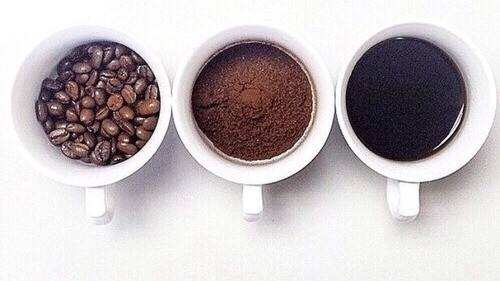
Taste characteristics
Coffee made from Arabica beans is of higher quality and tastes different than other commercially grown coffee varieties (such as Robusta), and the coffee contains less caffeine.
The specific features are:
1. The fragrant smell is strong.
two。 It's not easy to taste bitter.
3. Coffee oil content is moderate
4. High acidity
5. The caffeine content is 30%, 40% of Robusta's.

Comparison of caffeine content
The caffeine content of Arabica species is roughly half that of robusta caffeine, and the flavor and taste have a great advantage over robusta.
Before people understand their reaction to caffeine, they should take a more conservative attitude, and the safe dose varies with age, not because the caffeine content of Arabica is lower than that of Robusta.
Comparison of two flavors
Arabica is usually regarded as "high-quality" coffee beans because it is rich in flavor and does not have the strong bitterness of robusta beans. Many manufacturers will specially mark their roasted coffee beans as 100% Arabica beans to show their quality.
Because Arabica coffee produced in different regions, different elevations and different climates usually has its own characteristics and can show a completely different regional flavor. After proper baking, the aroma of fruit and the sweetness of caramel, in most cases, have a better aroma and flavor than robusta beans.
Robusta's flavor is usually dull and pungent, and most of it is planted in low altitude areas. There is little difference in flavor between different regions and different climates, and there is a lack of regional personality. The taste of low-value beans in Robusta after deep baking is usually the smell of rubber tires, which is difficult to show fine flavor.
The degree of fastidiousness of the two to the planting environment determines the difference of flavor, which also dominates the market use of the two kinds.
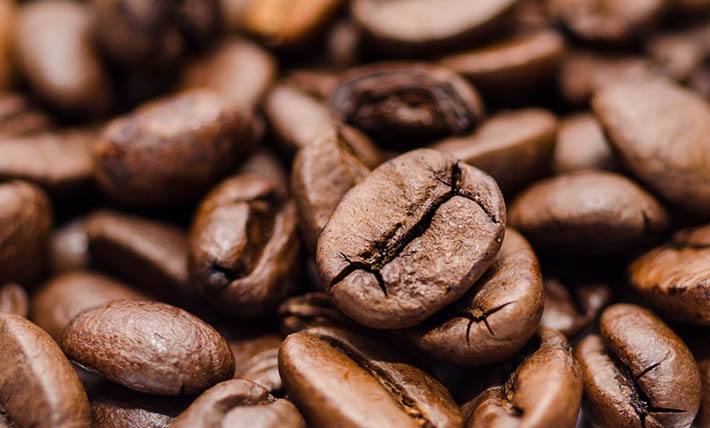
The function is different, not completely good or bad.
Of course, this description is not to belittle Robusta beans, but for different uses. Most of the Italian coffee beans cannot be separated from Robusta's strong oil support, which accounts for 25% of the global coffee production, which is still not to be underestimated, and is resistant to diseases and insect pests and is beneficial to planting.
The prestigious "Blue Mountain" and "Rose Summer" are all outstanding representatives. Fruit acid, the bitterness of dark chocolate, jasmine, red wine, black plum and honey sweetness are all used to describe Arabica flavor. it shows how much we like Arabica's rich and changeable aroma and taste.
They all have a place in the industry.
Whether it's individual coffee or blended coffee, and Robusta doesn't represent a bad taste, the higher varieties of robusta beans taste much better than the low-end Arabica, but you need to pay extra attention to planting and baking.
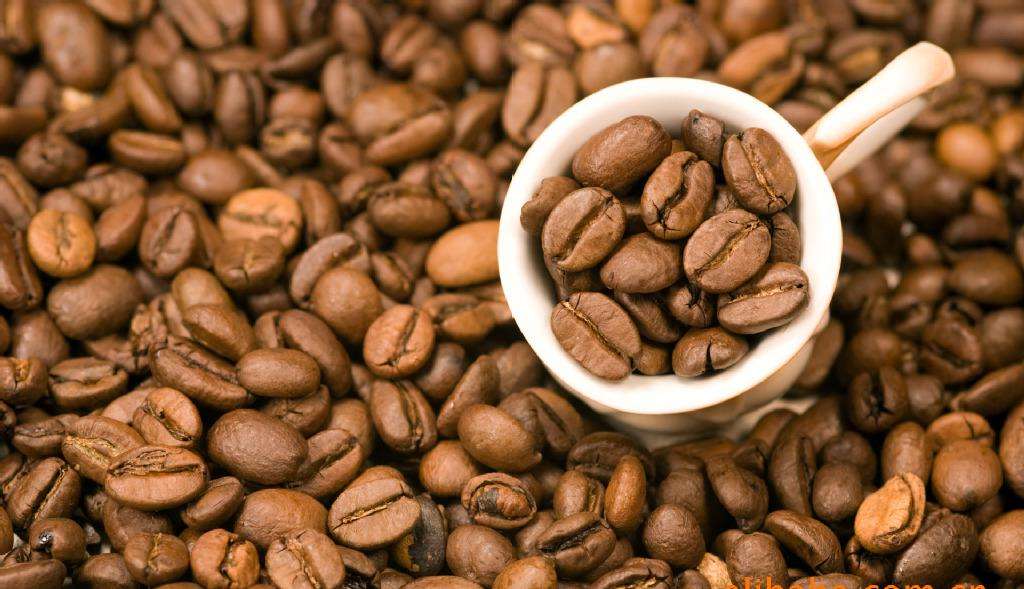
Robusta is also good.
Robusta has a particularly high level of antioxidants, which helps relieve oxidative stress. Oxidative stress is caused by free radicals and may damage the body's immune system. This is very good for your health as a whole.
Because robusta beans can reduce this stress damage, it is also considered possible to fight cancer, only possible, because physical differences and excessive consumption can also cause physical discomfort.
As a result, "Arabica" and "Robusta" are just the variety names of coffee, and their branches of natural and artificial variation in the world are very large and interesting, giving us more fun and enjoyment of coffee taste buds.
In fact, when you are asking for trouble, you can consider looking for a high-pressure coffee attraction to broaden your coffee horizons.
Important Notice :
前街咖啡 FrontStreet Coffee has moved to new addredd:
FrontStreet Coffee Address: 315,Donghua East Road,GuangZhou
Tel:020 38364473
- Prev

How much do you know about the variety of coffee?
How much do you know about coffee varieties every time you walk into a coffee shop? Let's learn about the types of coffee and do some homework to quickly choose your favorite coffee and enjoy it in the future. The word coffee comes from the Greek word Kaweh, which means strength and enthusiasm. Coffee is a beverage made from roasted coffee beans, and it is also one of the three most popular drinks in the world.
- Next
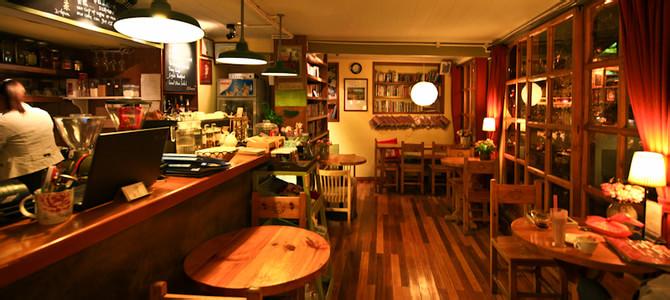
How about the profit of opening a coffee shop? how do you estimate the profit of a coffee shop?
Some people say that the catering industry is an industry that will never fall behind, and the catering industry is also the largest industry in China, in which cafes are the first choice for many people, and everyone wants to open a cafe. Coffee investment and entrepreneurship has been particularly popular in the past two years. And people in various industries have chosen to open cafes. What about the profits of cafes? How much does it cost to open a coffee shop? 1. Want to know
Related
- What documents do you need to go through to open a coffee shop? coffee shop coffee shop certificate processing process
- How to purchase Coffee beans in small Cafe how to choose a suitable supplier for domestic Coffee supply Company
- How to drink Starbucks Fragrance White Coffee? how to make Australian White Coffee? what Italian coffee beans are recommended?
- The Story of Flora Coffee: the name of Flora Coffee Bean and the implication of the Flowers on Florna Coffee
- How much does a cup of coffee cost? How much is the profit of a cup of coffee? What is the profit of the coffee shop in a year?
- Yunnan small Coffee, known as "fragrant Coffee", introduces the characteristics of Alpine Arabica Coffee producing areas in Yunnan, China
- 2023 latest Starbucks full menu price list how much is a cup of Starbucks coffee what is better to drink the most popular hot and cold drinks recommended
- Starbucks different kinds of Coffee Price list Starbucks menu 2023 Top Ten Best drinks in Starbucks
- Starbucks Spring praise Comprehensive matching Coffee Bean theme Story Packaging implication and taste description
- The cost of a cup of coffee latte American coffee cost price and selling price

